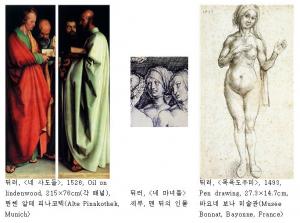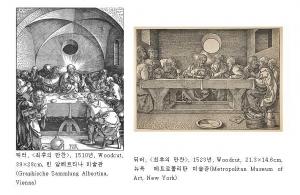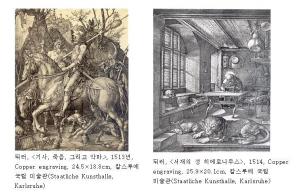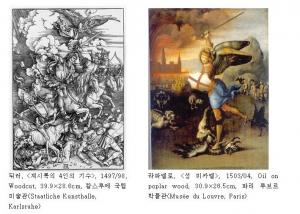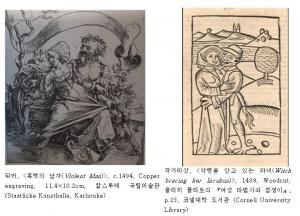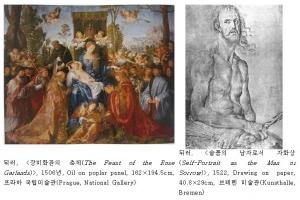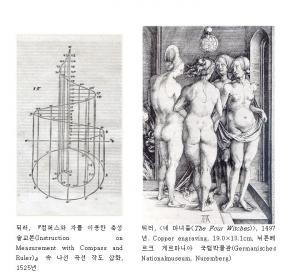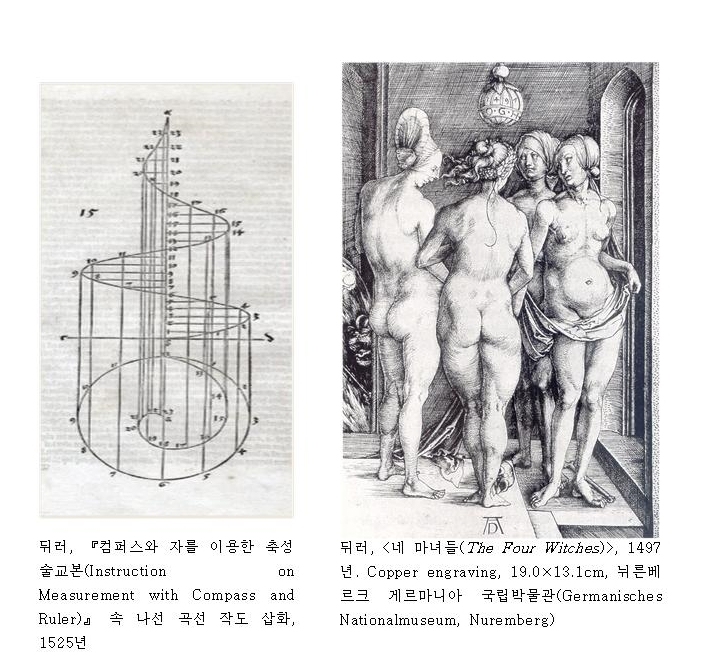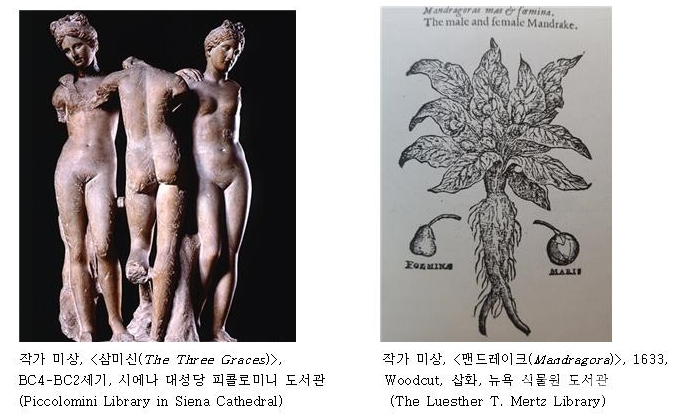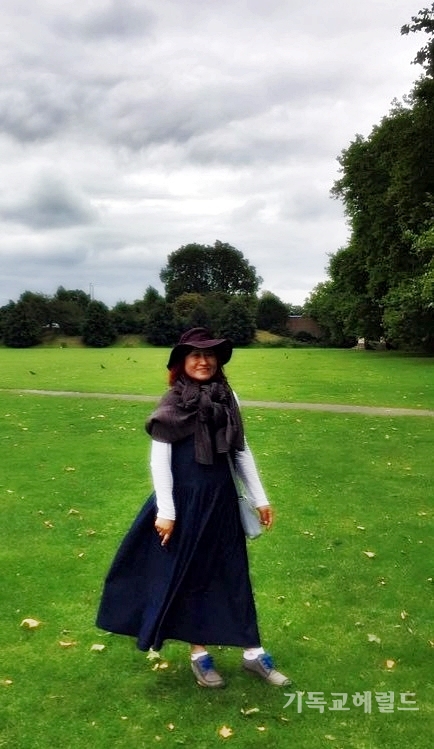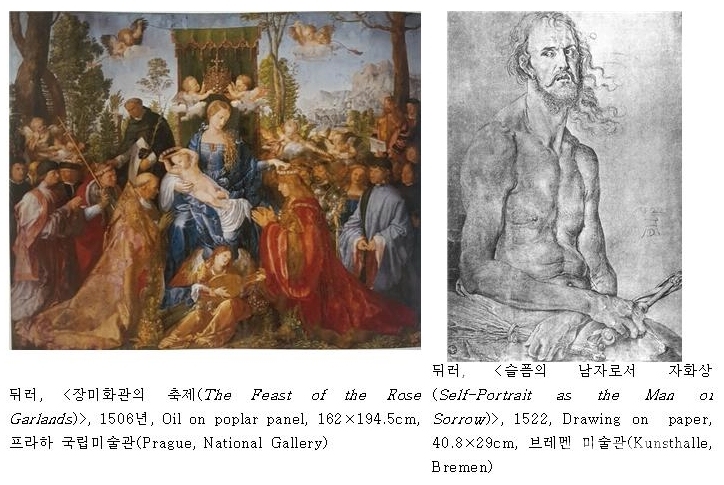生命開新美学的観点と立場からの共感共鳴を顕にしたいのです.
わたくし自身が "生きている" ということは先ず、わたくし自身が "生きていることを知っている"ということである.
<生知一如>である.
まさに、"生きていることを知っているもの" 即ち "知生人" (homo sapiens)である.
(Routledge, 2011)の日本語訳本.
の方に関心を焦点化した英国人人類学者のユニークな力作.
報恩の倫理を地球市民意識涵養の基本とする必要があり、それこそが地球と人類が抱えている巨大複合危機事態への最適緊急対応ではないか、というきがする.
ご配慮ありがとうございます. 何しろわたくし自身にとっては、どうでもよい問題ではありませんので、ある程度展望が開新するまでは緊張解消が続くわけですからどうしようもなかったのです.
데이비드 베네이타 위키백과
David Benatar
출생 1966년 12월 8일(56세)
성별 남성
국적 남아프리카 공화국
경력 반출생주의
직업 학자, 교수, 작가
학문적 배경
학력 케이프타운 대학교 (BSocSc, PhD)
학문적 활동
분야 철학
하위 분야 도덕 철학, 사회 철학, 종교 철학
소속 기관 케이프타운 대학교
주요 개념 Asymmetry between pain and pleasure
데이비드 베네이타(영어: David Benatar, 1966년 ~ )는 남아프리카 공화국의 철학자다. 케이프타운 대학교의 철학 교수이자 철학과 학과장을 역임한 그는 자신이 저술한 《태어나지 않는 것이 낫다 - 존재하게 되는 것의 해악(better never to have been, 2006)》에서 반출생주의의 논거를 정리하였다. 그의 주장에 따르면 태어나게 되는 것은 해악이며 따라서 출산 등 의식적인 존재를 만드는 것은 도덕적으로 잘못된 행위이다.[1]
생애
케이프타운 대학교에서 생명 윤리 센터를 설립한 건강 전문가인 솔로몬 베네이타(Solomon Benatar)의 아들로 태어났다. 그는 사생활 보호에 철저해서 개인적인 삶에 대해서는 알려진 바가 거의 없다. 그는 어린 시절부터 반출생주의적 견해를 가졌다.[2]
각주
Steyn, Mark (2007년 12월 14일). “Children? Not if you love the planet”. 《Orange County Register》. 2008년 4월 16일에 원본 문서에서 보존된 문서. 2008년 4월 29일에 확인함.
Rothman, Joshua (2017년 11월 27일). “The Case for Not Being Born”. 《The New Yorker》.
===
외부 링크
위키인용집에 David Benatar 관련 문서가 있습니다.
Friday, December 14, 2007
Mark Steyn: Children? Not if you love the planet
By MARK STEYN
Syndicated columnist
----
This is the time of year, as Hillary Rodham Clinton once put it, when Christians celebrate "the birth of a homeless child" – or, in Al Gore's words, "a homeless woman gave birth to a homeless child."
Just for the record, Jesus wasn't "homeless." He had a perfectly nice home back in Nazareth. But he happened to be born in Bethlehem. It was census time, and Joseph was obliged to schlep halfway across the country to register in the town of his birth. Which is such an absurdly bureaucratic overregulatory cockamamie Big Government nightmare that it's surely only a matter of time before Massachusetts or California reintroduce it.
But the point is: The Christmas story isn't about affordable housing. Joseph and Mary couldn't get a hotel room – that's the only accommodation aspect of the event. Sen. Clinton and Vice President Gore are overcomplicating things: Dec. 25 is not the celebration of "a homeless child," but a child, period.
Just for a moment, let us accept, as Christopher Hitchens and Richard Dawkins and the other bestselling atheists insist, that what happened in Bethlehem two millennia is a lot of mumbo-jumbo. As I wrote a year ago, consider it not as an event but as a narrative: You want to launch a big new global movement from scratch. So what do you use?
The birth of a child. On the one hand, what could be more powerless than a newborn babe? On the other, without a newborn babe, man is ultimately powerless. For, without new life, there can be no civilization, no society, no nothing. Even if it's superstitious mumbo-jumbo, the decision to root Christ's divinity in the miracle of His birth expresses a profound – and rational – truth about "eternal life" here on Earth.
Last year I wrote a book on demographic decline and became a big demography bore, and it's tempting just to do an annual December audit on the demographic weakness of what we used to call Christendom. Today, in the corporate headquarters of the Christian faith, Pope Benedict looks out of his window at a city where children's voices are rarer and rarer. Italy has one of the lowest birth rates in Europe. Go to a big rural family wedding: lots of aunts, uncles, grandmas, grandpas but ever fewer bambinos. The International Herald Tribune last week carried the latest update on the remorseless geriatrification: On the Miss Italia beauty pageant, the median age of the co-hosts was 70; the country is second only to Sweden in the proportion of its population over 85, and has the fewest citizens under 15. Etc.
So in post-Catholic Italy there is no miracle of a child this Christmas – unless you count the 70 percent of Italians between the ages of 20 and 30 who still live at home, the world's oldest teenagers still trudging up the stairs to the room they slept in as a child even as they approach their fourth decade. That's worth bearing in mind if you're an American gal heading to Rome on vacation: When that cool 29-year-old with the Mediterranean charm in the singles bar asks you back to his pad for a nightcap, it'll be his mom and dad's place.
I'm often told that my demographics-is-destiny argument is anachronistic: Countries needed manpower in the Industrial Age, when we worked in mills and factories. But now advanced societies are "knowledge economies," and they require fewer working stiffs. Oddly enough, the Lisbon Council's European Human Capital Index, released in October, thinks precisely the opposite – that the calamitous decline in population will prevent Eastern and Central Europe from being able to function as "innovation economies." A "knowledge economy" will be as smart as the brains it can call on.
Meanwhile, a few Europeans are still having children: The British government just announced that Muhammad is now the most popular boy's name in the United Kingdom.
As I say, the above demographic audit has become something of an annual tradition in this space. But here's something new that took hold in the year 2007: A radical antihumanism, long present just below the surface, bobbed up and became explicit and respectable. In Britain, the Optimum Population Trust said that "the biggest cause of climate change is climate changers – in other words, human beings," and professor John Guillebaud called on Britons to voluntarily reduce the number of children they have.
Last week, in the Medical Journal of Australia, Barry Walters went further: To hell with this wimp-o pantywaist "voluntary" child-reduction. Professor Walters wants a "carbon tax" on babies, with, conversely, "carbon credits" for those who undergo sterilization procedures. So that'd be great news for the female eco-activists recently profiled in London's Daily Mail who boast about how they'd had their tubes tied and babies aborted in order to save the planet. "Every person who is born," says Toni Vernelli, "produces more rubbish, more pollution, more greenhouse gases and adds to the problem of overpopulation." We are the pollution, and sterilization is the solution. The best way to bequeath a more sustainable environment to our children is not to have any.
What's the "pro-choice" line? "Every child should be wanted"? Not anymore. The progressive position has subtly evolved: Every child should be unwanted.
By the way, if you're looking for some last-minute stocking stuffers, Oxford University Press has published a book by professor David Benatar of the University of Cape Town called "Better Never to Have Been: The Harm of Coming into Existence." The author "argues for the 'anti-natal' view – that it is always wrong to have children … . Anti-natalism also implies that it would be better if humanity became extinct." As does Alan Weisman's "The World Without Us" – which Publishers Weekly hails as "an enthralling tour of the world … anticipating, often poetically, what a planet without us would be like." It's a good thing it "anticipates" it poetically, because, once it happens, there will be no more poetry.
Lest you think the above are "extremists," consider how deeply invested the "mainstream" is in a total fiction. At the recent climate jamboree in Bali, the Rev. Al Gore told the assembled faithful: "My own country, the United States, is principally responsible for obstructing progress here." Really? The American Thinker's Web site ran the numbers. In the seven years between the signing of Kyoto in 1997 and 2004, here's what happened:
•Emissions worldwide increased 18.0 percent;
•Emissions from countries that signed the treaty increased 21.1 percent;
•Emissions from nonsigners increased 10.0 percent; and
•Emissions from the United States increased 6.6 percent.
It's hard not to conclude a form of mental illness has gripped the world's elites. If you're one of that dwindling band of Westerners who'll be celebrating the birth of a child, "homeless" or otherwise, next week, make the most of it. A year or two on, and the eco-professors will propose banning Nativity scenes because they set a bad example.






